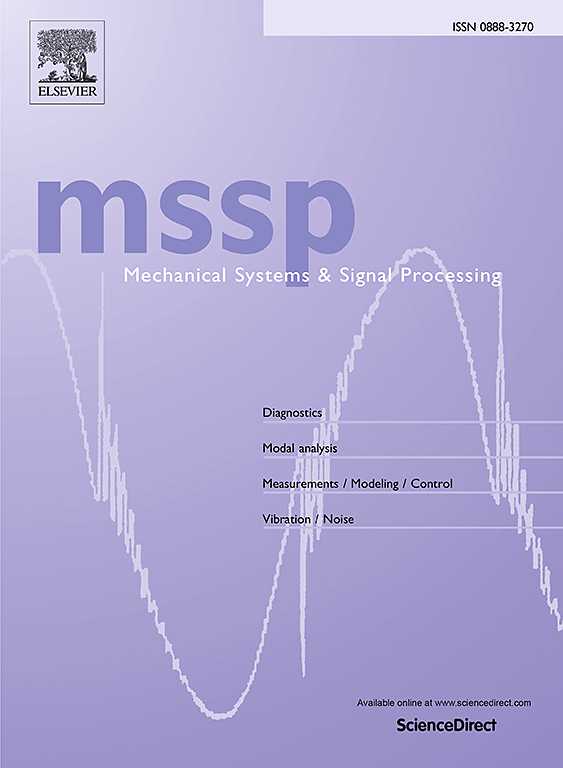Dissipation manipulation via programmable holes and bumps: A complete model to evaluate and harness squeeze-film damping of resonators
IF 7.9
1区 工程技术
Q1 ENGINEERING, MECHANICAL
引用次数: 0
Abstract
Squeeze-film damping, stemming from the drag effect generated when fluid flows in and out between two relatively moving surfaces, plays an important role in the energy dissipation of the resonator. Thorough understanding and harnessing of this dissipation could significantly enhance the performance of resonators and suggest new areas of practical application. However, existing research on this damping is limited to specific scenarios, such as circular or rectangular plates and fully perforated plates, which limits the tuning of damping and quality factors in broader applications. Here, we report on a novel dissipation tuning route via programmable holes and bumps, achieving large-scale and precise quality factor manipulation. Moreover, a complete model is established to successfully predict squeeze-film damping under various conditions, including diverse geometric shapes, complex boundary conditions, and different fluid environments. In addition, compared to existing models, the proposed model fully considers the impacts of microstructures (holes and bumps) with different geometries, numbers, and distributions on damping. The model is meticulously validated through systematic experiments, with deviations smaller than 10%. The experimental results also demonstrate that the tuning methodology achieves quality factor switching over more than five orders of magnitude for resonators with huge size differences (ranging from micrometers to centimeters). Our work serves as the underpinning for damping design and paves the way for harnessing the dynamic performance of resonators in fluid environments, which opens up applications in sensing and fundamental science.
求助全文
约1分钟内获得全文
求助全文
来源期刊

Mechanical Systems and Signal Processing
工程技术-工程:机械
CiteScore
14.80
自引率
13.10%
发文量
1183
审稿时长
5.4 months
期刊介绍:
Journal Name: Mechanical Systems and Signal Processing (MSSP)
Interdisciplinary Focus:
Mechanical, Aerospace, and Civil Engineering
Purpose:Reporting scientific advancements of the highest quality
Arising from new techniques in sensing, instrumentation, signal processing, modelling, and control of dynamic systems
 求助内容:
求助内容: 应助结果提醒方式:
应助结果提醒方式:


